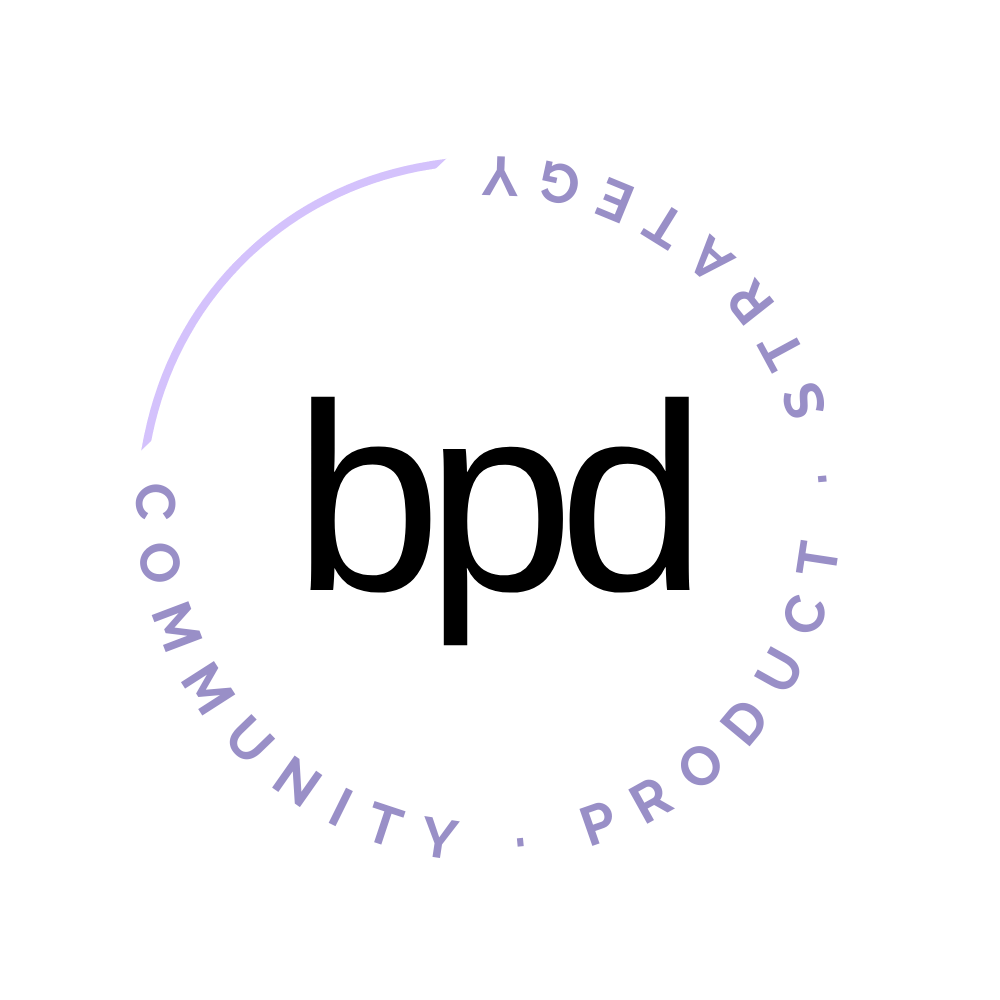#31 Simplify The Journey
I can trace every ‘Aha!’ moment I've had this month in my business and my client projects back to one idea: this can be simpler.
The more complex a customer journey or a product experience, the more points of failure there are. If you’re mapping each step and find yourself creating more of an intricate web than a well-trodden path, it may be time to revisit your strategy and simplify each process.
When I did research last month (subscriber survey + 1:1 interviews) I learned the stage the majority of my subscribers are at in their businesses, what their most common challenges are, and what kinds of businesses they are building.
Those insights allowed me to slash and simplify my planned customer journey from 18 different possible directions to 2. No exaggeration.
Overwhelm
I recently had the opportunity to lead a workshop for the MemberUp community (proud affiliate), a membership platform and community for creators.
Amy Sangster, CEO of MemberUp, and I bantered about how the number one reason people leave or never even start participating in communities is because they were overwhelmed.
Just this week I did an audit for a client’s membership and I was able to sum up the biggest blocker of their growth and engagement to “You have an overwhelm problem”.
The marketing strategies of the past have taught us to give MORE MORE MORE. More bonuses! More course modules! More extras!
But I’m here to tell you that less is more.
Your customers need a problem solved and they want to reach their next stage.
And they want to do that as fast and simply as possible.
In Jay Clouse’s course Build a Beloved Membership he provides an exercise to write down everything you’ll offer in your membership and then remove everything you possibly can without reducing the membership price.
Here’s what that exercise looked like for me if I were to launch a membership (image below) and I could probably still cross more items out.
I loved this exercise because it puts in perspective how little you need to put on the sales page.
Everything you cross out is an opportunity to surprise and delight your members. Plus, you get to experiment and try new things without having to commit to every single ritual forever.
I still plan to do all of these things in my membership, but it creates a fun surprise + experiment experience instead of an overwhelm of all the “core” things to pay attention to.
For example, if someone joined my membership and created products using my templates and came to monthly goal setting then the value is already simply there. And those are only 2 of 4 benefits.
It’s like that age-old saying underpromise and overdeliver. But unfortunately, in this space I see a lot of overpromise and underdeliver.
Events or programs are mentioned on sales pages and then don’t actually exist inside the membership – that’s because they were tested, failed, and not prioritized.
But it was originally on the sales page as part of the core offer so they leave it there.
It’s important that you only sell your core content + events. I shared in July how I learned this lesson the hard way at bossbabe. Don’t put your experimental events and content on the sales page until it’s successful enough that you decide you want to make it a core offering.
Trim the fat
When you map your customer journey, you may notice that some of your services or products don’t fit on the map. It’s time to sunset those products.
Oftentimes this is what our research initiatives help us with too. Where are we creating a direction that no one cares to go anyway?
Reduce the noise and increase the focus.
The more simple and clear the path of your customer journey, the easier it is for your customers to purchase from you and work with you.
Make it easy to say “yes, next!”
Reflection questions:
Where in your customer journey are you branching into too many directions?
What can you cut from your offer and still charge the same price? (surprise and delight later!)
Take a critical look at your product experience – do you have an overwhelm problem?

